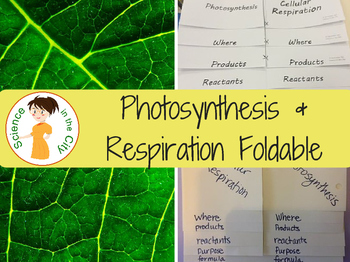The second chapter got much more in depth about how a student's brain is affected by poverty, and specifically their behavior and emotional responses. We had a great discussion at my school after reading this chapter.
Some of the most striking discussions, to me, were about how behavior and emotional responses are learned, and how our role as teachers, even high school level content teachers, is to help teach those emotional and behavioral responses.
In addition, we discussed how many students come with emotional baggage, and part of our job, in order to make them successful, is to help build up their emotional 'bank account.' We can do this through building relationships.
This is a very very short reflection and summary on the second chapter. The second chapter can be seen at the same link that the first chapter was available (see previous post).
I'd love to hear specific strategies that you use to teach problem solving and to build up emotional responses and teach behaviors, particularly in a high school setting. I think, as high school teachers, we don't do as much of this as elementary teachers do, but it's still important.
The school culture makes a huge difference, but we as individual teachers can change the climate within our classrooms, and can play a role in the overall school climate.




















